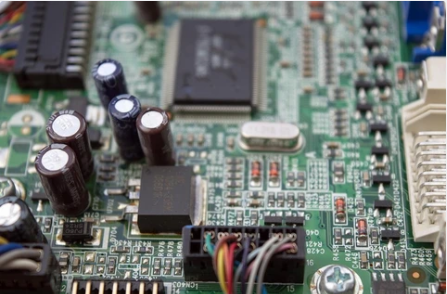Under what circumstances can the PCB circuit board be wave soldered without a carrier?
Recently, someone asked a question on the Internet: "Under what circumstances can PCB be wave soldered without a carrier, template? 』
In fact, in the early days when PCBA electronics factories assemble circuit boards, there was almost no such thing as a carrier. At that time, almost all PCBs were directly subjected to wave solder without using any carrier, unless the circuit board could not bear too much. Heavy loads, such as boards such as power boards.
According to my observations, the use of carrier carriers is due to the prevalence of selective wave soldering, as well as the thinner and smaller circuit board thicknesses and smaller sizes. Therefore, not all wave soldering processes necessarily require a furnace carrier.
Then under what circumstances can the PCB go through the wave soldering furnace without using a carrier? Below I list some of its requirements:
PCB design requirements:

1. At least 5mm or more of the side of the PCB should be reserved for the wave soldering chain (gripper) and the PCBA when it is placed in the magazine (magazine).
2. The thickness of the PCB should be 1.6mm or more, so that the problems of warpage and overflow will not occur during the furnace.
3. It is recommended that the gap distance of all solder pads be above 1.0mm to avoid short-circuiting of the solder joints.
Parts and layout requirements:
Take the wave soldering board
1. The type of SMD parts and the direction of SMD parts must meet the requirements of wave soldering. (Generally speaking, SMD parts need to be perpendicular to the direction of travel of the board)
2. The wave soldering surface of the circuit board only allows SMD parts, SOT, SOP, QFP... and other parts above 0603 (inclusive) size, and other parts such as BGA, PLCC, QFN, connectors, transformers, 0402 (inclusive) sizes below Parts cannot be placed on the wave front welding surface.
3. All plug-in parts must be designed on the first side and the direction of plug-in parts must meet the requirements of wave soldering. (The row pin must be parallel to the direction of travel of the board)
Related reading: Design specifications for component placement during wave soldering
4. The parts on the PCB board should not be too heavy to avoid bending the circuit board due to gravity.
Process requirements:
1. All SMD parts on the wave front soldering surface must be dotted with red glue to avoid falling into the wave soldering furnace.
2. It is not recommended to design some solder pads that cannot be wetted with tin (such as button contact lines, gold fingers) on the wave solder contact surface (the second side).
3. A small number of solder pads that cannot be wetted with tin can be designed on the contact surface of the tin furnace, but must be pasted by wave soldering with a high-temperature tape that does not remain glued. After completion, the tape must be removed. Try not to design this way to reduce working hours. .
4. All plug-in parts are recommended to use short-foot operation and wave soldering to avoid short circuit problems, and it is recommended that the length of the parts should not exceed 2.54mm.